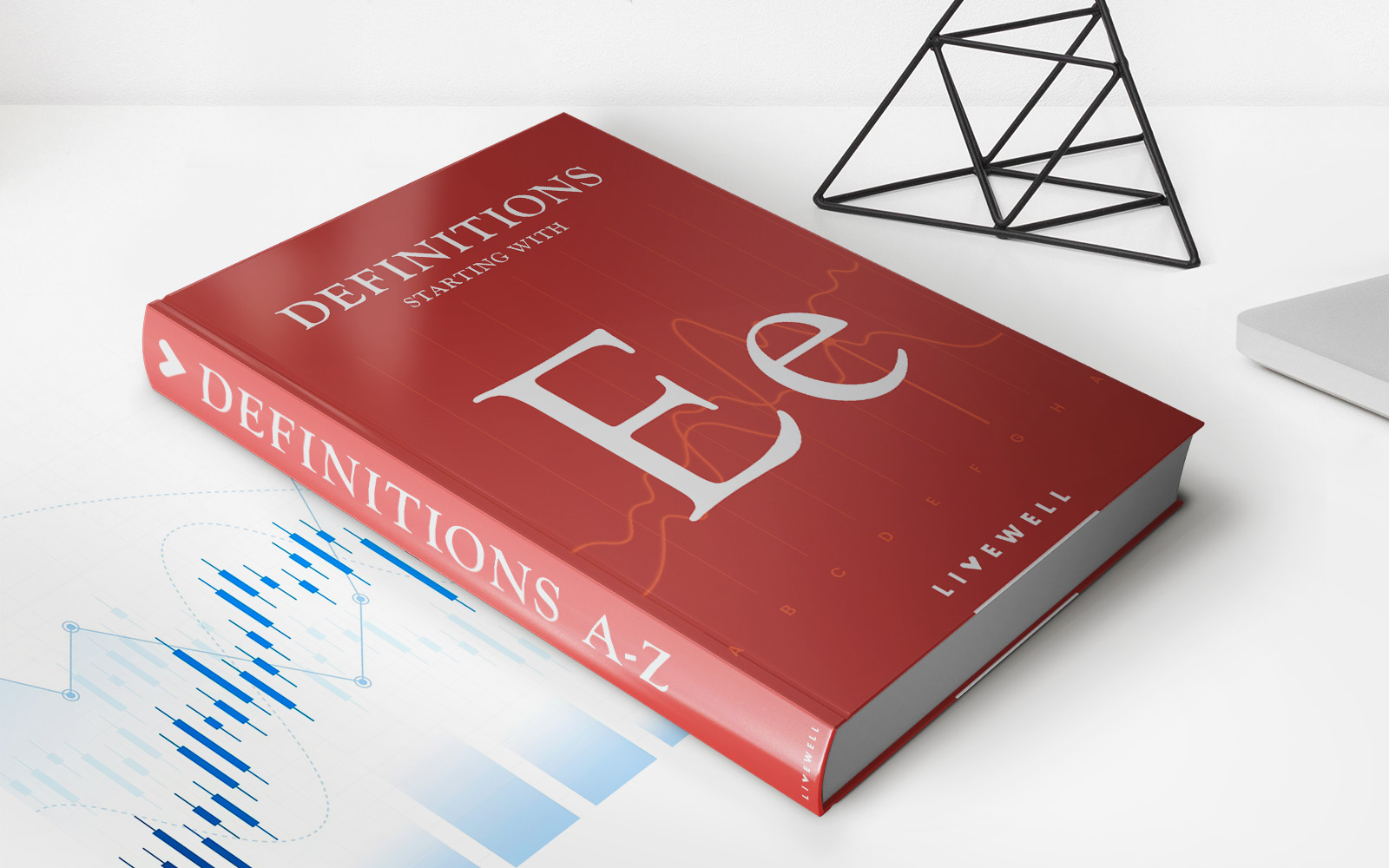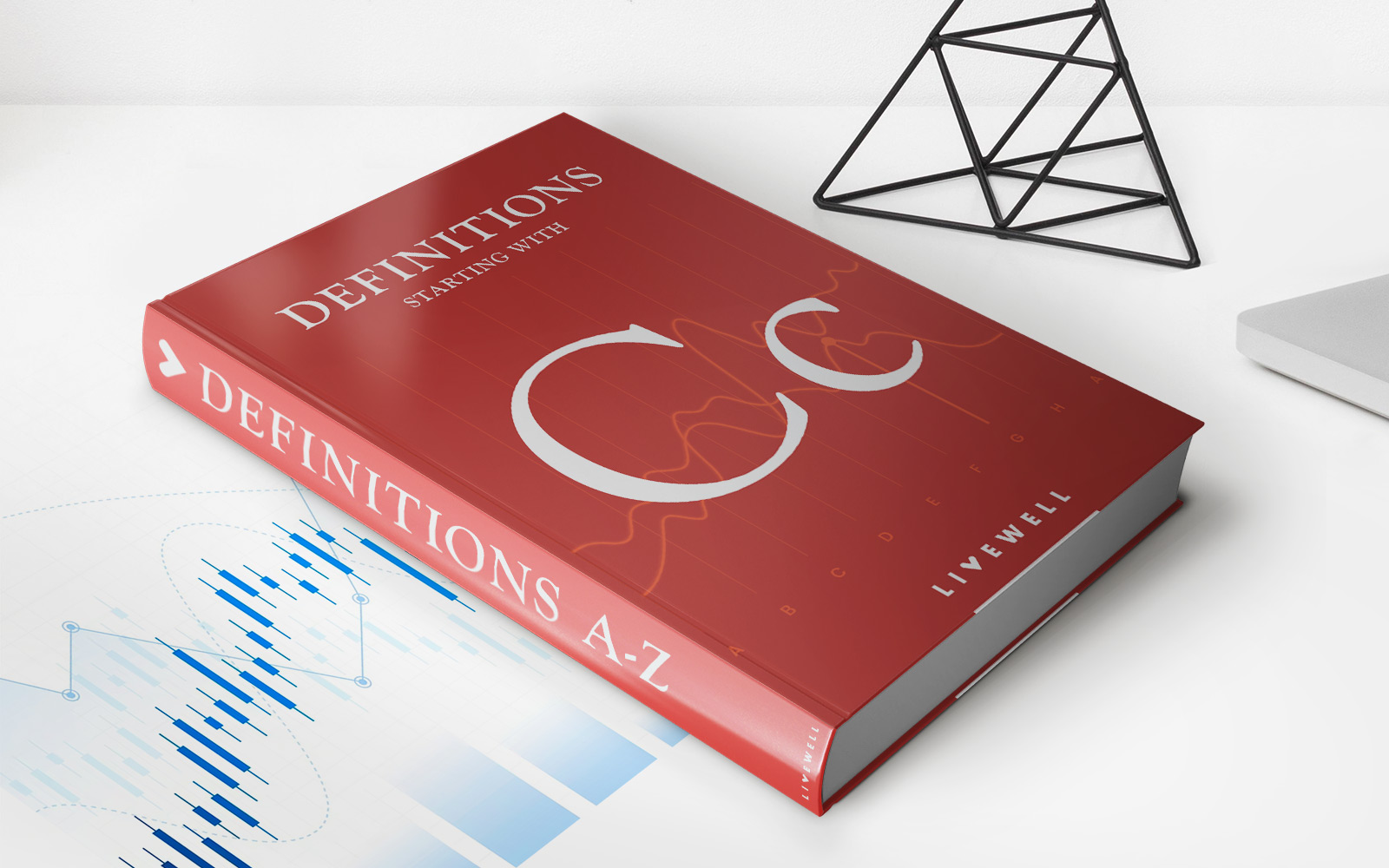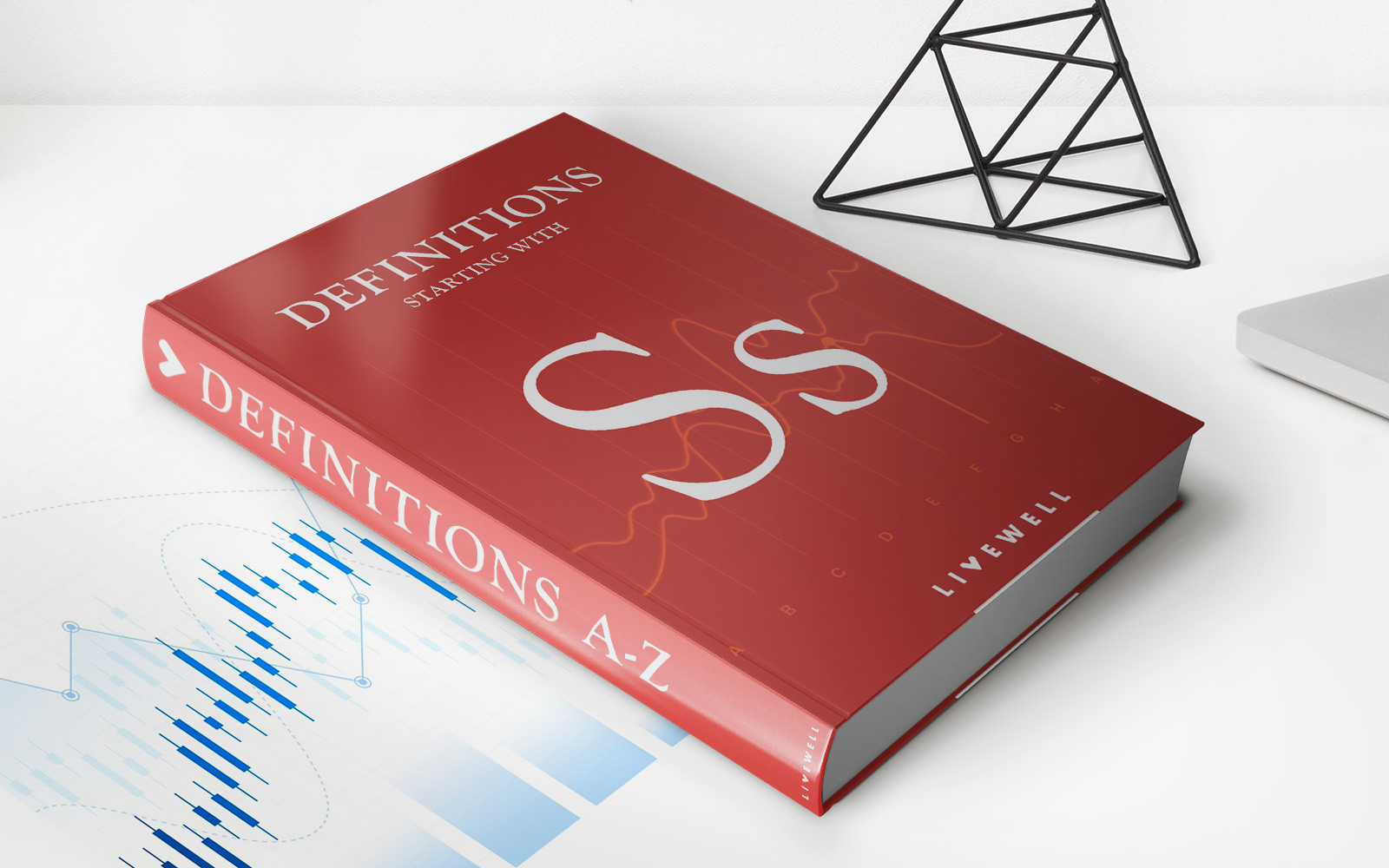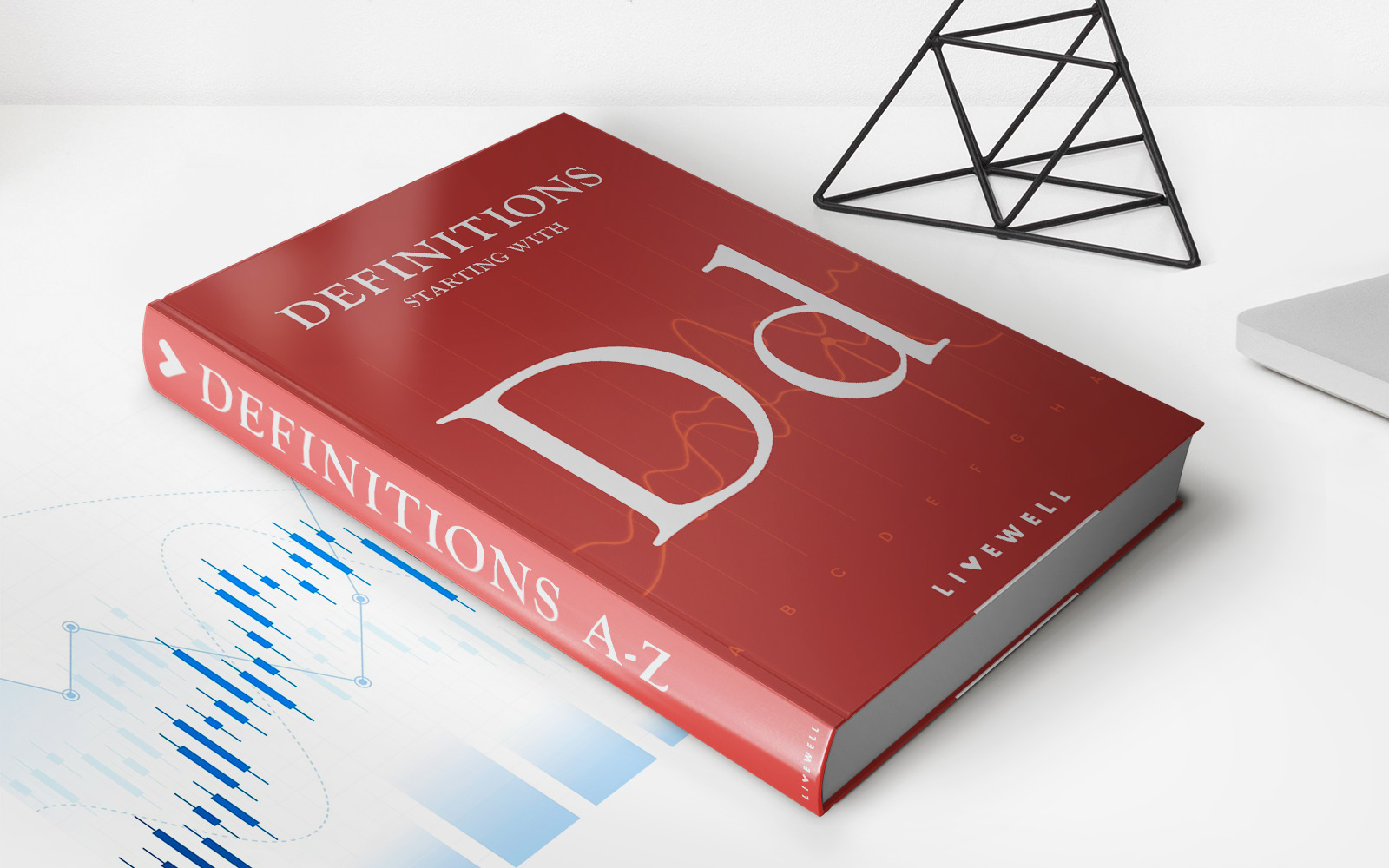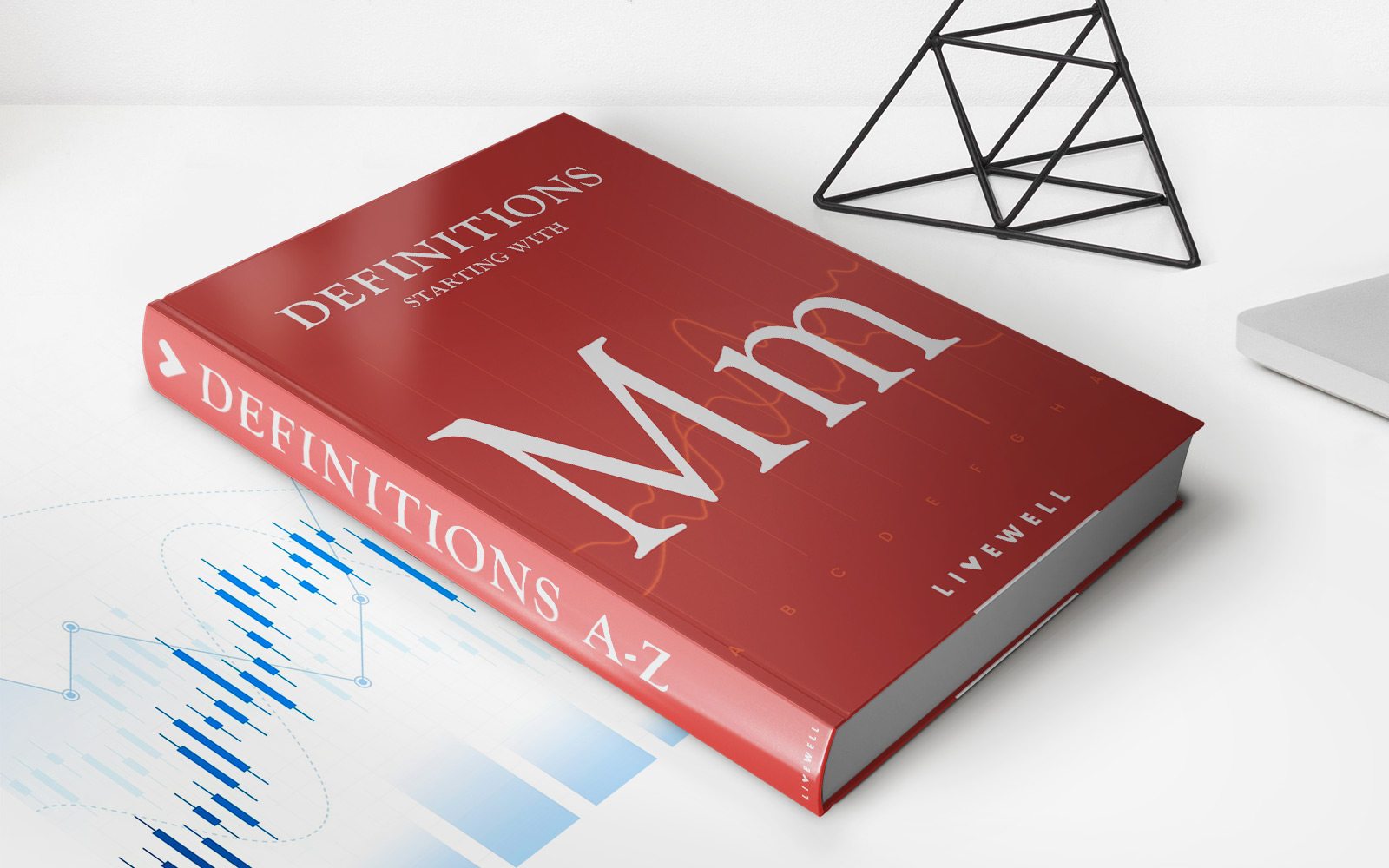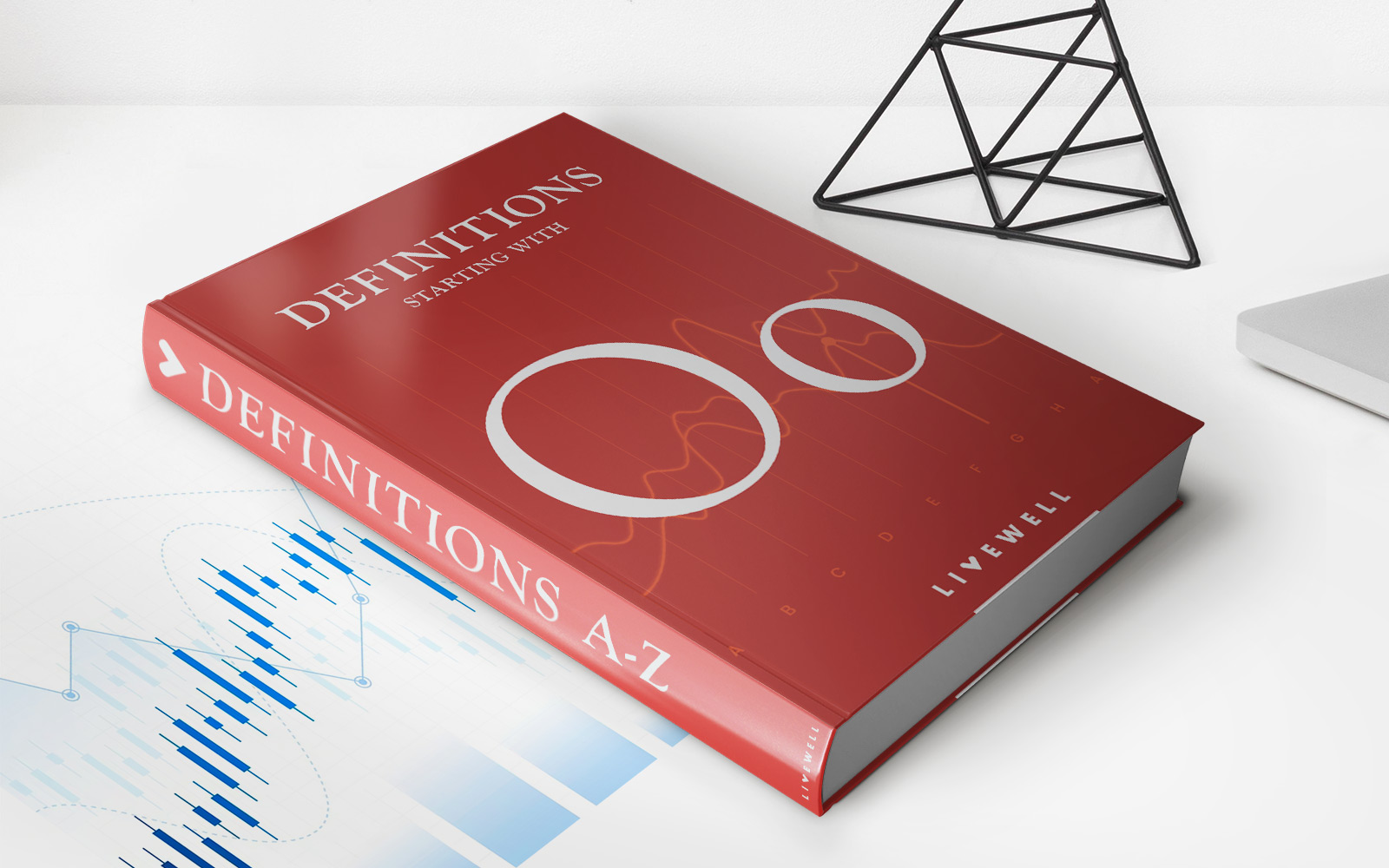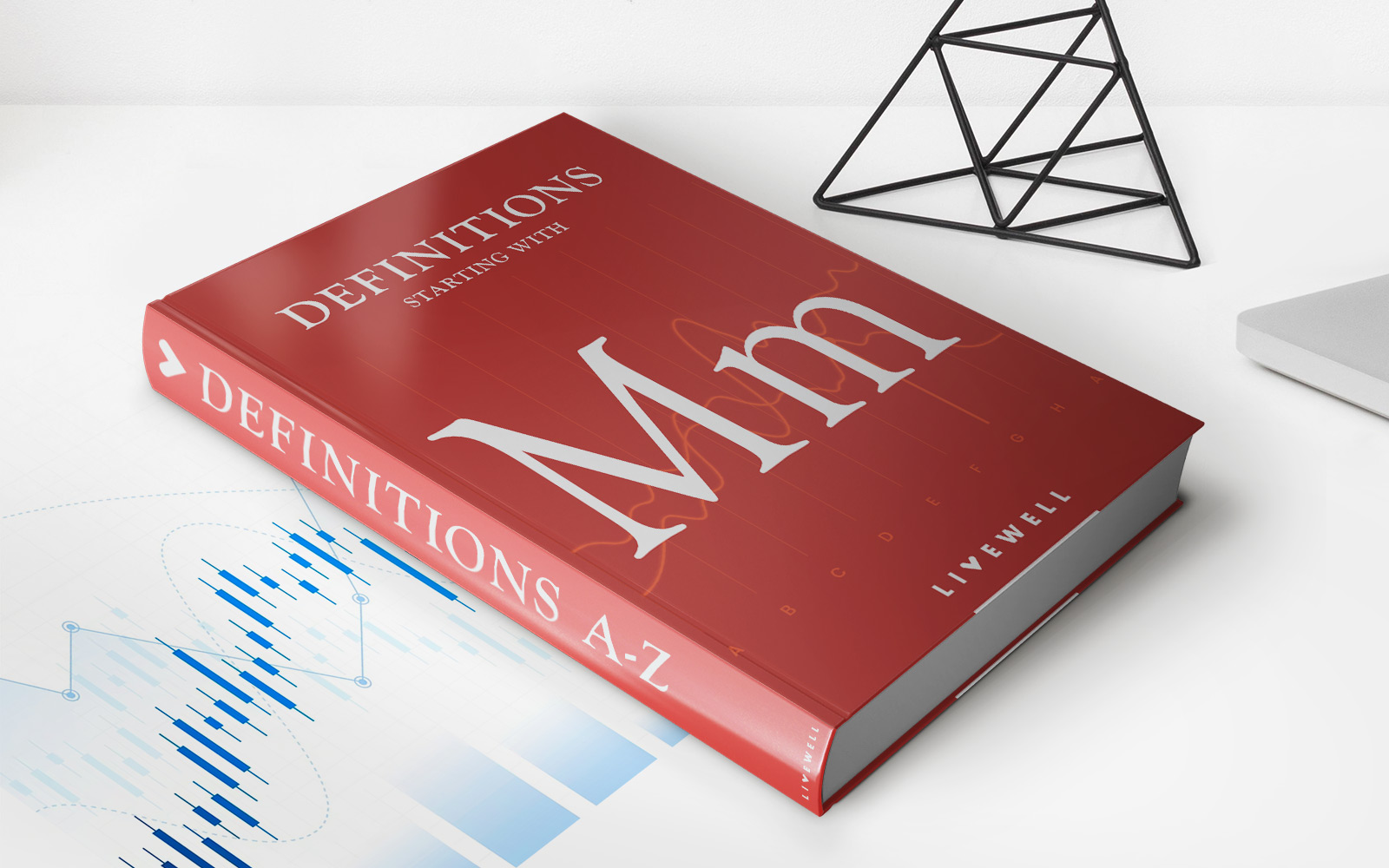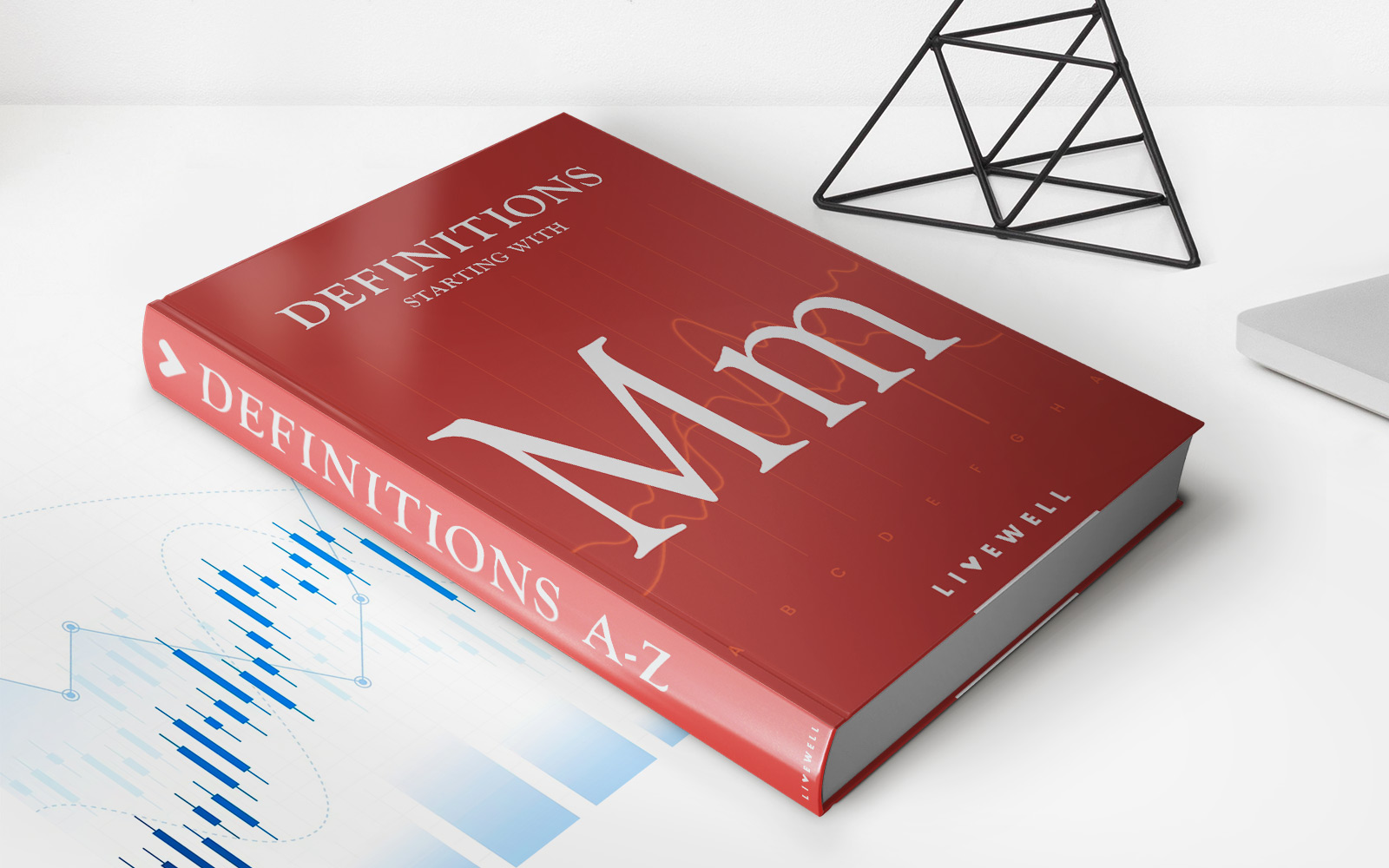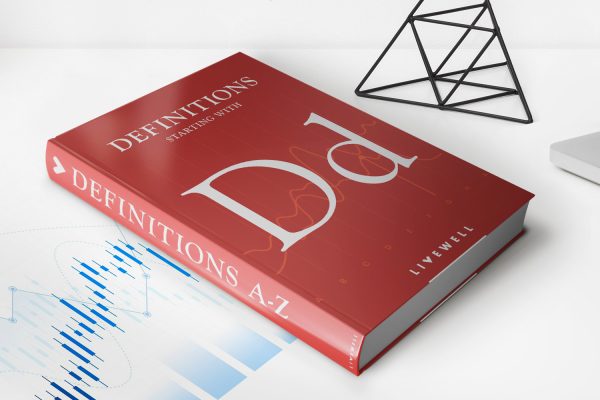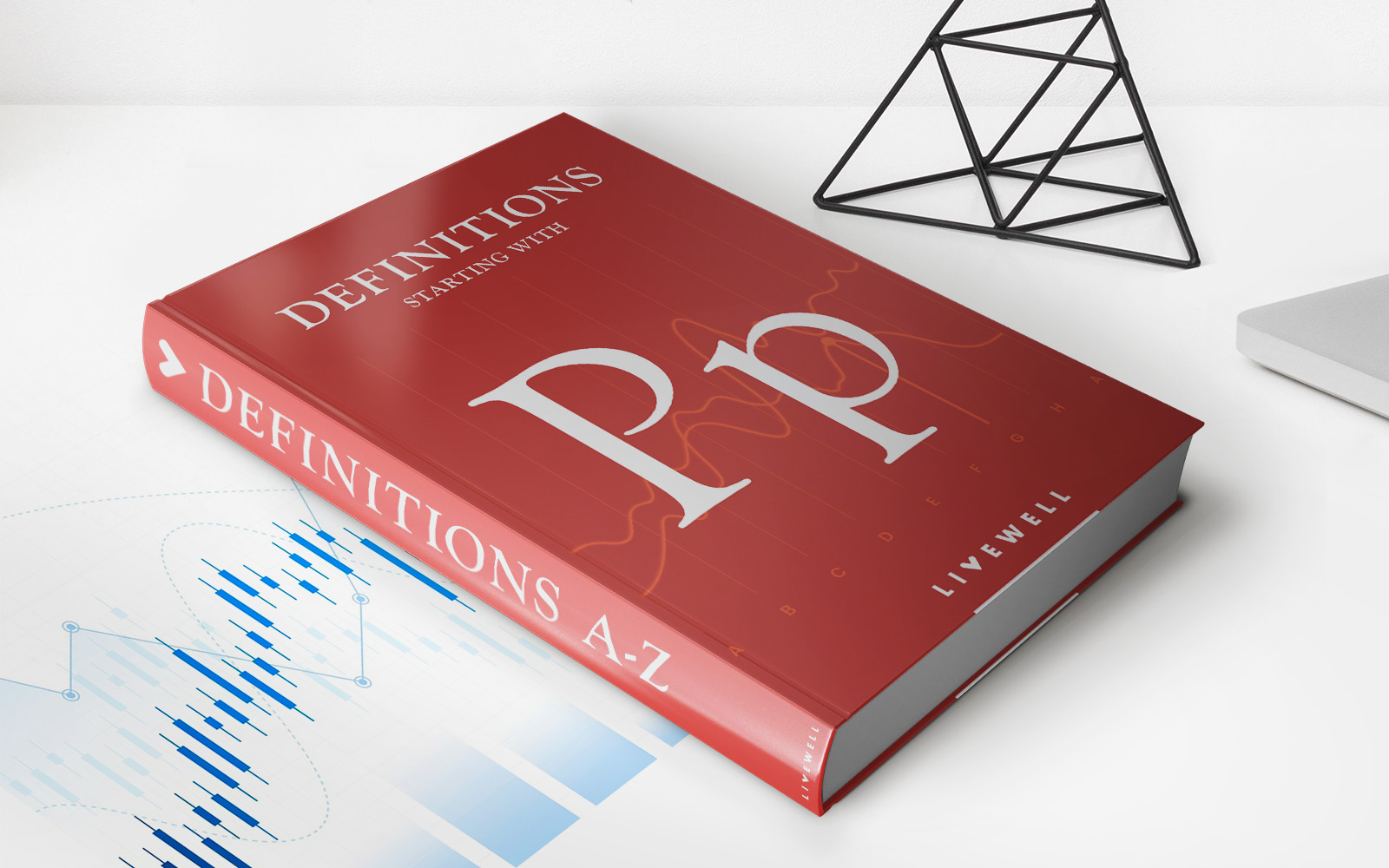Home>Finance>What Is A Day Order? Definition, Duration, Types, And Example
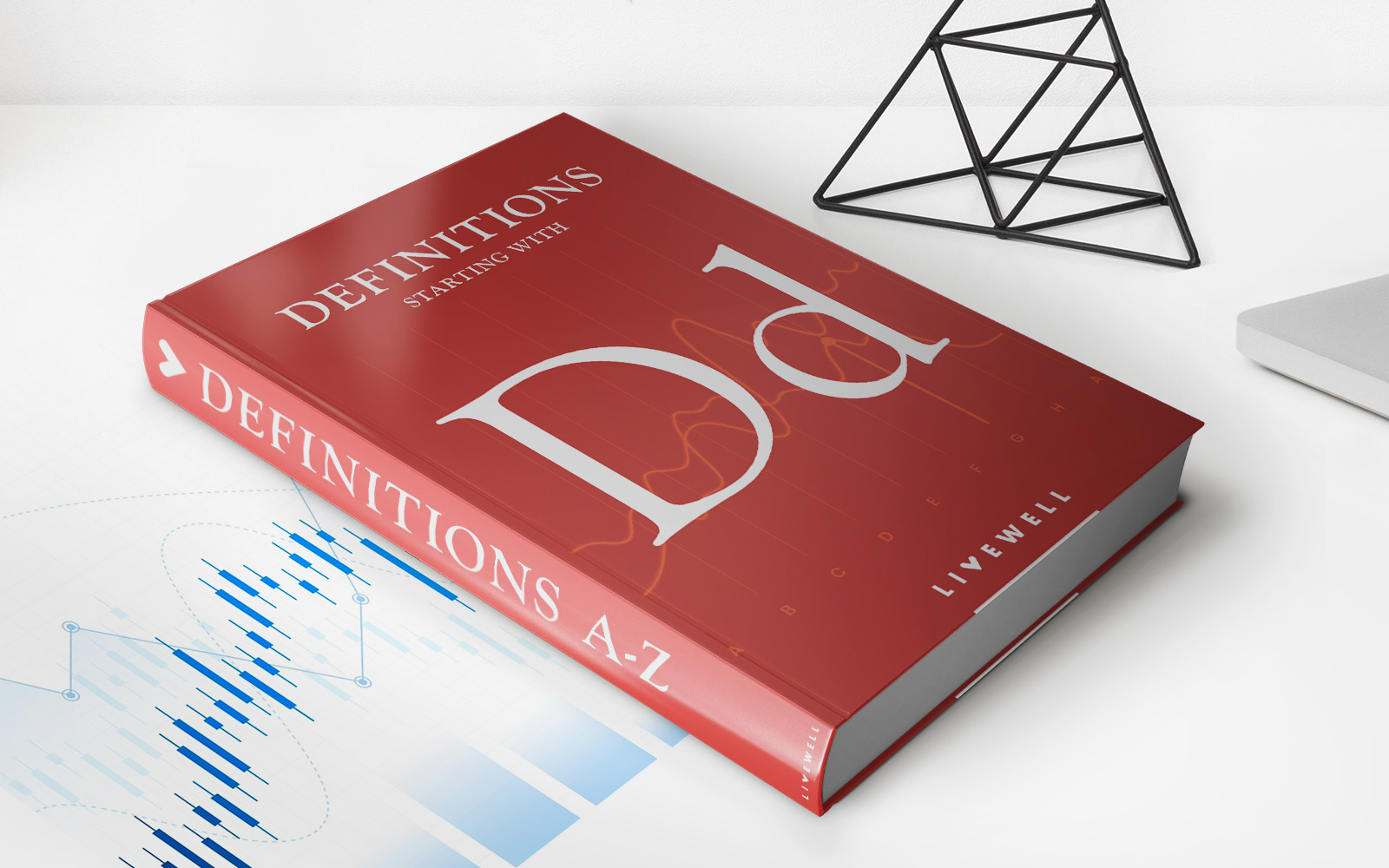

Finance
What Is A Day Order? Definition, Duration, Types, And Example
Published: November 7, 2023
Learn about day orders in finance, including their definition, duration, types, and examples. Gain insight into how these orders impact trading strategies and market movements.
(Many of the links in this article redirect to a specific reviewed product. Your purchase of these products through affiliate links helps to generate commission for LiveWell, at no extra cost. Learn more)
Understanding Day Orders in Finance
When it comes to the world of finance, there are numerous terms and concepts that can be a bit confusing for newcomers. One such term is a “day order.” What exactly is a day order? In this article, we will delve into the definition, duration, types, and even provide an example to help demystify this concept.
Key Takeaways:
- A day order is a type of order placed by an investor with their brokerage firm, specifying that the order is only valid for the current trading day.
- Day orders are automatically canceled if not executed by the end of the trading day, ensuring that investors don’t accidentally carry over their orders to the following days.
What Is a Day Order?
A day order is a specific type of order placed by an investor with their brokerage firm, indicating that the order is only valid for the current trading day. This means that if the order is not executed by the end of the trading day, it will automatically be canceled. Day orders are commonly used in the stock market, allowing investors to take advantage of short-term price movements without worrying about their orders being carried over to the next trading session.
Duration of Day Orders
The duration of a day order is typically set from the market open to the market close on a single trading day. Once the trading session ends, any remaining day orders are considered expired and will be canceled. This ensures that investors don’t accidentally carry over their orders to the following days, preventing any potential mistakes or unintended consequences.
Types of Day Orders
There are different types of day orders that investors can use, depending on their specific trading strategies and goals. Some common types of day orders include:
- Market Orders: These types of day orders instruct the brokerage firm to execute the trade immediately at the current market price.
- Limit Orders: With limit orders, investors set a specific price at which they want to buy or sell a security. The order will only be executed if the market reaches or surpasses the specified price.
- Stop Orders: Stop orders are used to limit potential losses or lock in profits. They are triggered when a security’s price reaches a specific level.
Example of a Day Order
To better illustrate how a day order works, let’s consider an example. Let’s say you are an investor looking to buy shares of Company XYZ. You place a day order with your brokerage to buy 100 shares of Company XYZ at a limit price of $50 per share. If the market reaches or surpasses the $50 per share price during the trading day, your order will be executed. However, if the market does not reach this price, the order will automatically be canceled by the end of the trading day.
In Conclusion
Day orders are a vital tool for investors in the financial markets, allowing them to execute trades within a specific trading session. By understanding the definition, duration, types, and example of day orders, investors can make more informed decisions and navigate the world of finance with greater confidence.
So next time you come across the term “day order,” you’ll know exactly what it means and how it can be used in your investment strategy. Happy trading!

